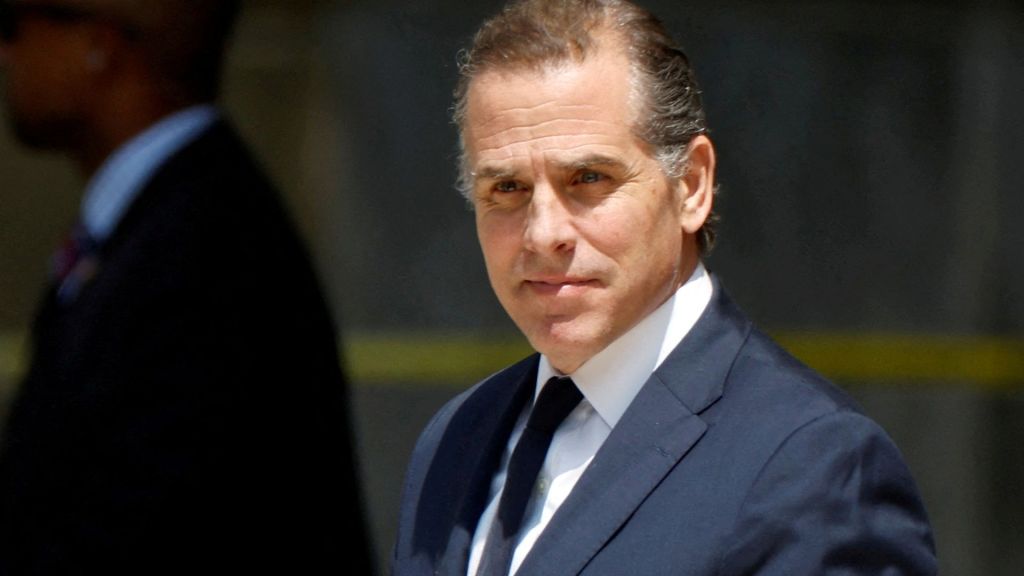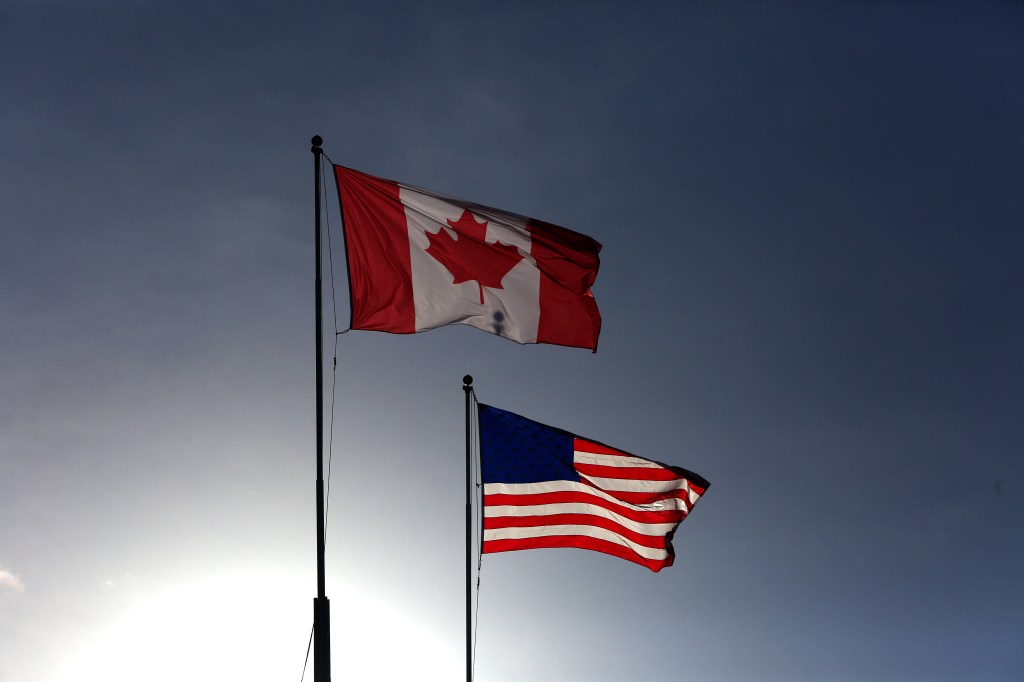
Gwen Baumgardner: “So all week we’ve seen videos of the destruction from Hurricane Ida. We’ve also seen the death toll go up. Now, I think the initial impact in Louisiana, we expect those kinds of images from a category four hurricane. But now we’re seeing that severe flooding in New York, New Jersey spin. I’m very curious, how can it be so deadly 1000 miles away from landfall?”
Sven Sungaard: “Yeah, the basic reason is climate change is making these storms more intense, so they last longer, and they’re hitting with a bigger punch. Now New England isn’t a total stranger to tropical systems holding together. But what’s happening is in a warmer world, we’re holding more water in the atmosphere. So any storm whether it’s a hurricane, or just a thunderstorm even holds more water vapor, more water content, so they’re producing more extreme rainfall events. And it’s not unique to just New England. Even in the Midwest, we’re seeing our thunderstorms produce heavier, more extreme rainfalls, but those aren’t organized systems like a tropical system. This is an organized rotating area of moisture. And we know it was a very powerful hurricane when it made landfall. It combined with a cool front that was moving across the whole us to make literally no pun intended the perfect storm where this gave the system an extra boost of moisture and energy. So it just created these record rainfalls, and again, these rainfalls probably wouldn’t have happened a century ago, they still might have had a tropical system that was devastating, but not to the level that we’re singing. Of course, we had Henry in the New York area just 11 days earlier, which broke records, they had five to six inches of rain out of that, and then six to 12 inches in some spots with this system. So the ground is just completely saturated a foot to a foot and a half of rain in just a couple week period. Really nowhere can handle that amount of water.”
Gwen Baumgardner: “So do you think moving forward, we’ll kind of see those wetter weather patterns where if a hurricane hits that even if you’re state’s away, you may be told ‘hey, be on guard have an evacuation plan’.”
Sven Sungaard: “We may need to, you know, it’s hard to predict six to 12 inches of rainfall, almost no sane meteorologists would do that 48 hours in advance, because, you know, you think well that those are extreme records, but we kind of have to start changing our mindset to when the computer models start to spit out these crazy numbers, we have to believe them, or at least take them with a little more serious ness than we did before. You know, one of the things we heard on a complete opposite end of the spectrum was meteorologists in Portland, Oregon, didn’t believe the numbers that the computer models were giving us for high temperatures because it was exceeding the records all time records by several degrees are the models were exactly right. And so we just have to adjust to these new normals. We keep talking about it. And yeah, if you live in a place like New York, and looking at you know, what made this particularly bad is that we did have Henry 11 days earlier and it’s been a wet summer in the northeast, unlike the Midwest or the West. So the ground was ripe for this. There’s just nowhere for that kind of water to go. That would have been an insane amount of water anyway, but on top of already saturated ground, it just made for literally the worst possible scenario.”





